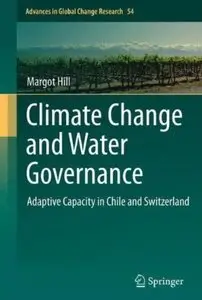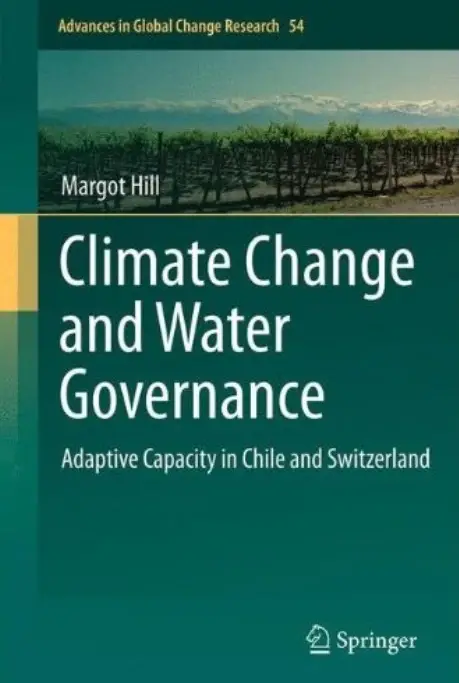Margot Hill - Climate Change and Water Governance: Adaptive Capacity in Chile and Switzerland
Published: 2012-11-13 | ISBN: 9400757956, 9400792417 | PDF | 348 pages | 2 MB
Climate Change and Water Governance presents the results of several years’ research focusing on adaptive capacity and water governance in two widely-separated regions of the globe, namely the Swiss Alps and the Chilean Andes. The two regions share many similarities in hydrology and water resources: shifting precipitation patterns, highly variable winter snow pack and receding glaciers, resulting in changing seasonality and amounts of runoff that will subtly modify water availability and water use. As climate change is likely to amplify trends in surface run-off, the author investigates whether adaptive capacity in these two regions is sufficiently robust to respond to a situation which has never been experienced to date.
The book presents detailed case studies examining the Rhône Basin in the Canton Valais, Switzerland and the Aconcagua Basin in Valparaiso, Chile. In order to understand and assess the interplay of complex and interlinked environmental and socio-economic issues, the author looks beyond the technology, modelling, engineering and infrastructure associated with water resources management and climate change adaptation, to assess the decision-making environment within which water and adaptation policy and practices are devised and executed.
Using these insights, the author introduces, tests and enhances an indicator framework for the assessment of adaptive capacity. The aim is to help readers better understand the adaptive processes that allow the regimes governing water resources to respond to new shocks and changes in the hydrological system, in order to build more resilient water governance systems that can bend, but not break, in the face of new and unexpected challenges.



